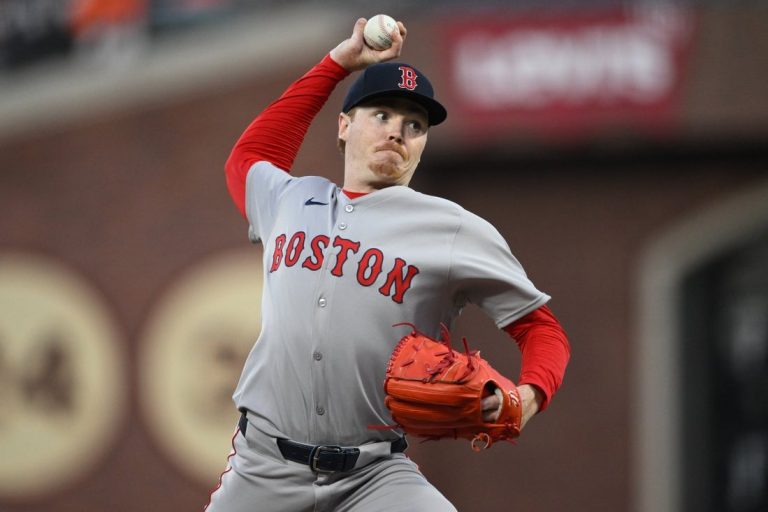Cohesion is the word of the moment in the rugby world. It started with a sprinkle of references in the dark corners of the rugby media world, and now it is the first word on the lips of every rugby commentator.
As ex-Wallaby turned Stan commentator Matt Burke said in response to the Lions loss to Argentina, “So the biggest thing about this team is about getting cohesion for the five-week tour culminating in those three Test matches.”
Cohesion now seems to be the factor on which the success and failure of both the British and Irish Lions and the Wallabies hinge.
Concerning cohesion in rugby, all roads lead to Ben Darwin and his Gainline Analytics consultancy, who advise a range of organisations, both sporting and non-sporting.
Darwin must either be sitting back gleefully at the wildfire of ‘cohesion’ referencing that he and his organisation has started, or pulling at his hair as the nuance of his analytics is blunted with each crude reference. It’s probably both.
Darwin’s technical definition of cohesion is “the objective level of understanding between the component parts of a team system”, the corollary is that “understanding” shared among team members tends to increase with the time spent playing together.
But how much cohesion was there in the Argentinian team pulled together from clubs across the globe that beat the Lions and continues to perform above expectations? How much cohesion is there in a Springboks side made up of players who play at club level from Japan, the UK and Europe? Surely these teams aren’t as cohesive as the Leinster dominated Irish or the Glasgow dominated Scotland?

(Photo by Matt King/Getty Images)
The other word that people in the rugby world should be talking about is ‘contrast’, if anything else just to spice up the pie.
The great mathematician philosopher Alfred North Whitehead would’ve made a handy consultant for high performing teams. He knew more about the different sciences of his time than it is possible for one person to know today. His massive, and for most part impenetrable, book ‘Process and Reality’ is a speculative hypothesis about order and disorder in systems of differing levels of complexity.
A man of his time in some respects, Whitehead didn’t use the word ‘high-performance’, instead, with one foot in the British Romantic tradition, he wrote of ‘beauty’, but the terms are synonymous despite the different vernacular.
Whitehead wrote of two forms of beauty, a minor form characterised by the absence of disharmony, and a major form, where harmony is intensified by contrast.
Contrast is what comes when players bring new, diverse knowledge and practices into a high-cohesion system.
Darwin is an analyst with philosophical sensibilities. He is no doubt well-aware that his metric that has started to become the explanation for all success is one important ingredient in a complex system. I assume his models are philosophical enough to be more than adequate analysts in this regard.
Cohesion itself isn’t a determinate of success, but, to use Whitehead’s words, it is what enables intensity to build through contrast in the absence of disharmony.
When Burkey starts talking about the importance of ‘patterned contrast’ to create beautiful rugby, we’ll know he’s got a copy of Whitehead’s ‘Process and Reality’ on the bedside table.







